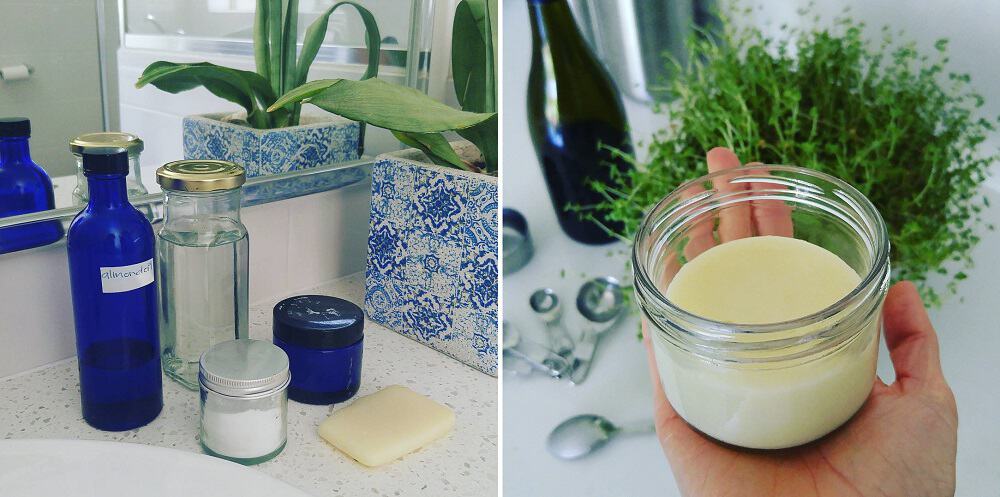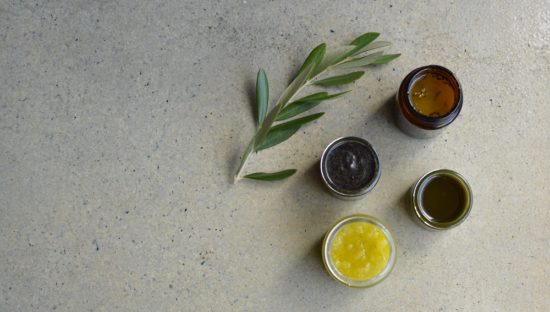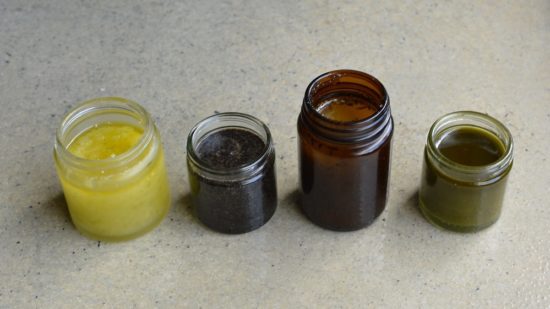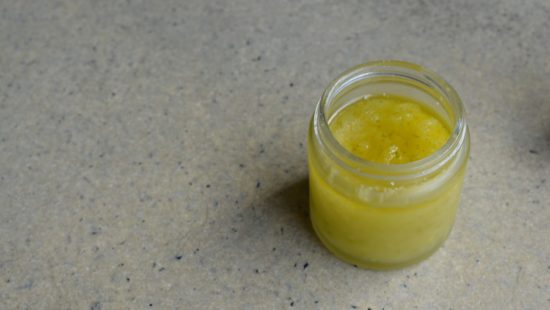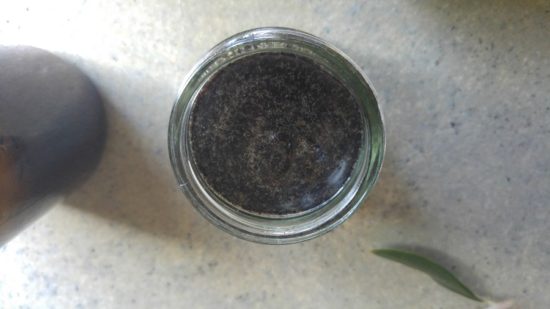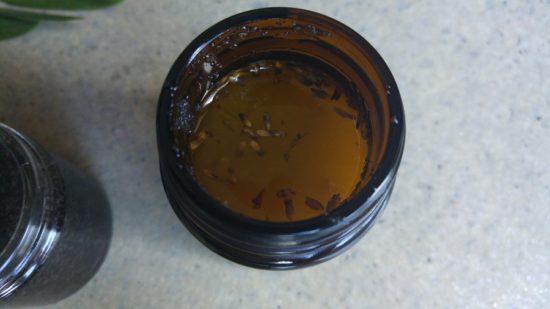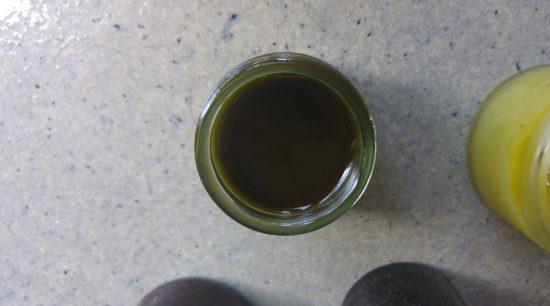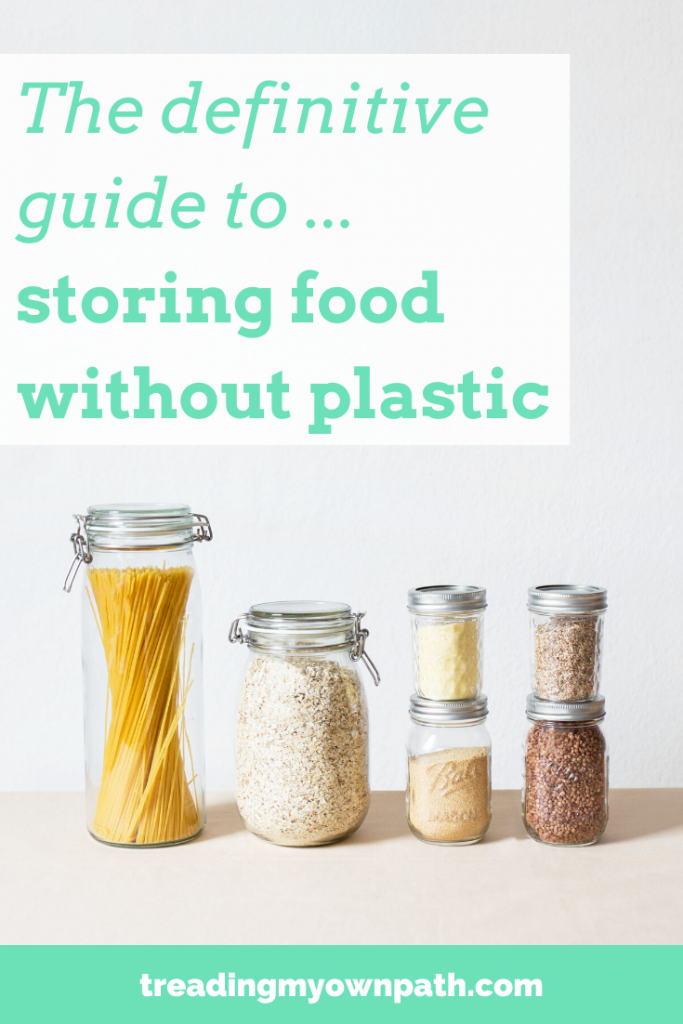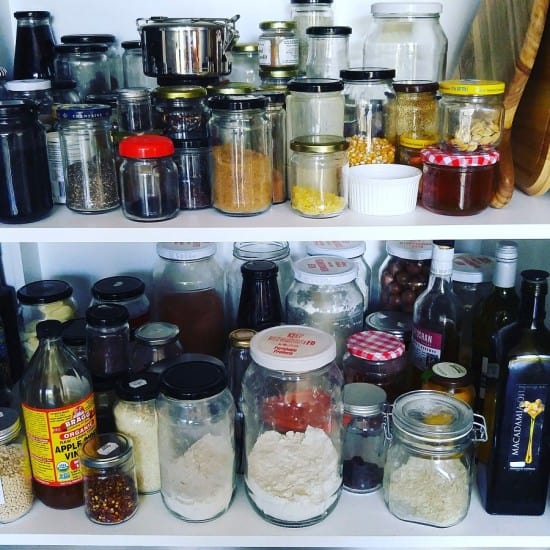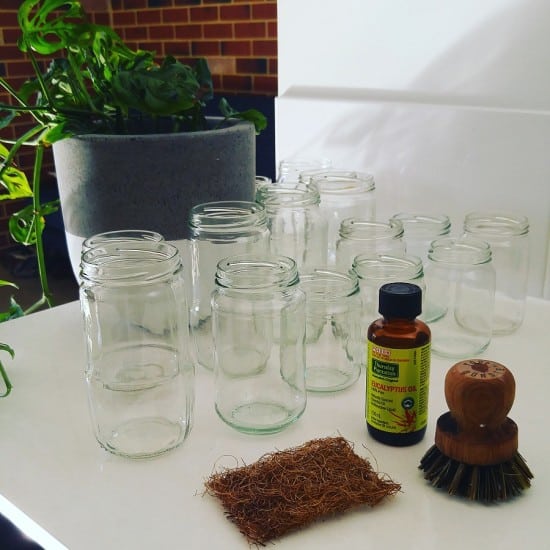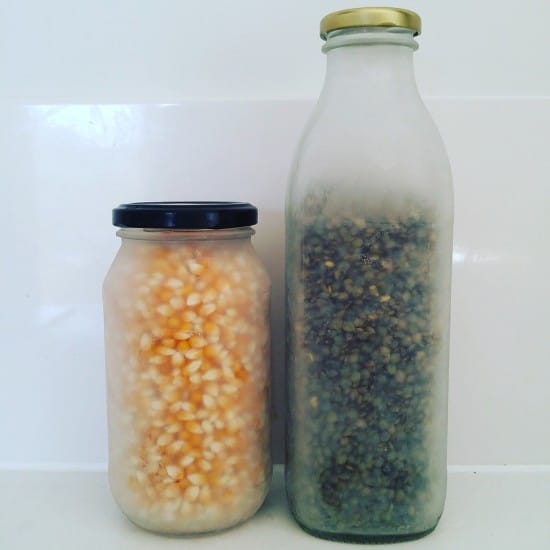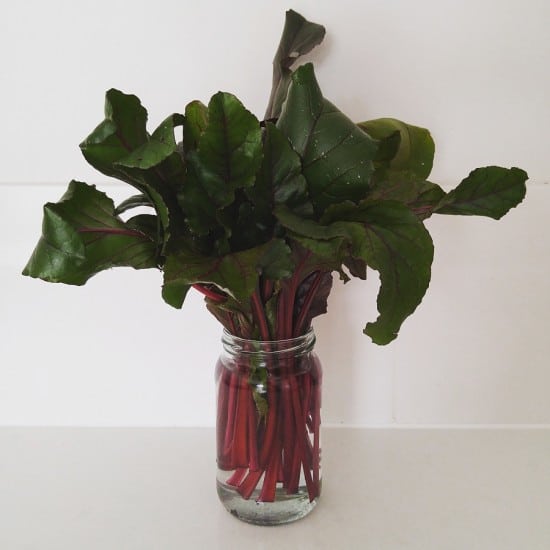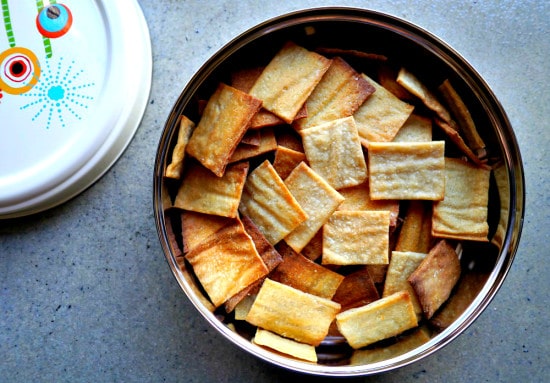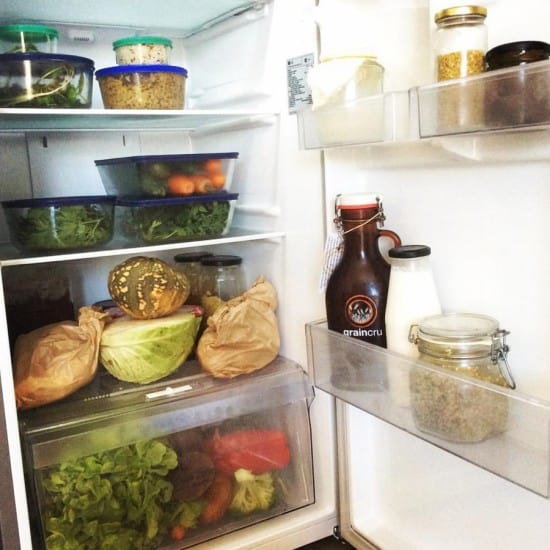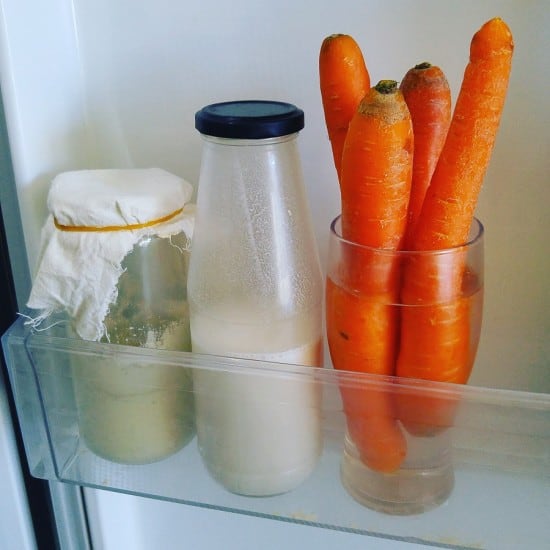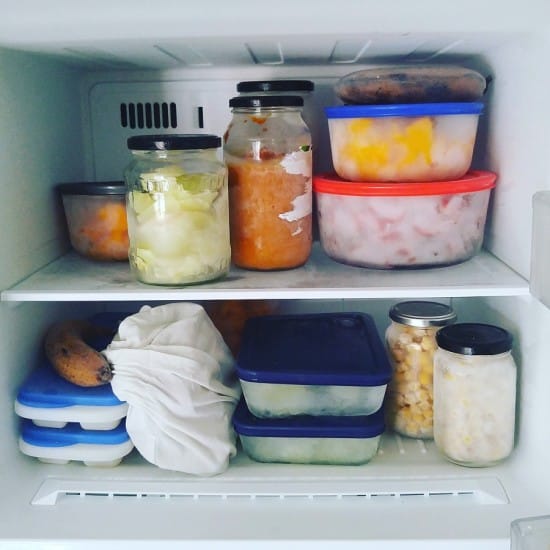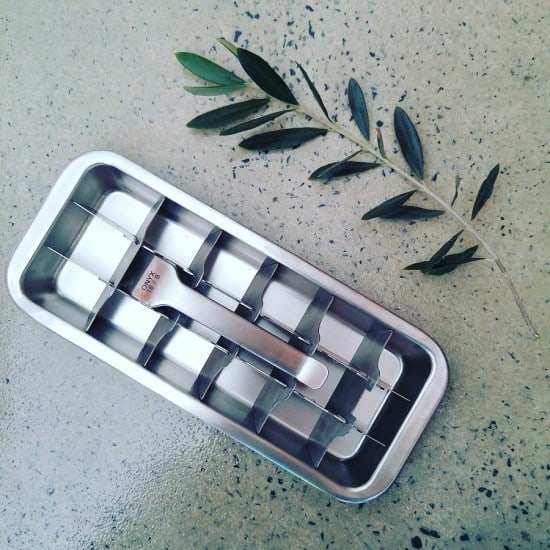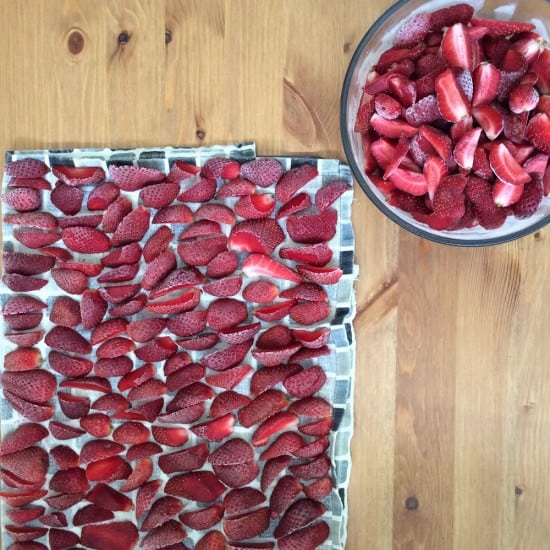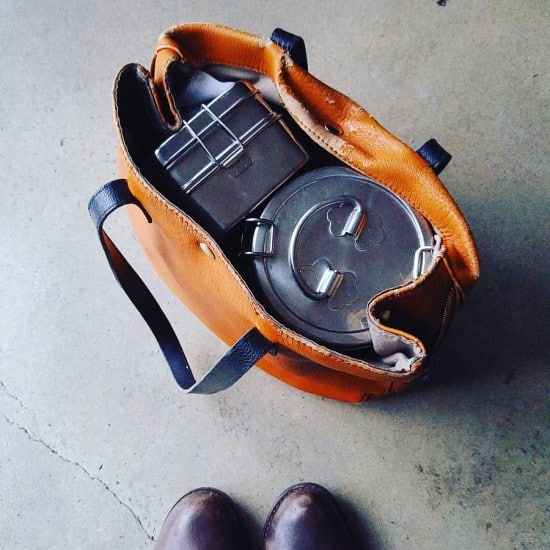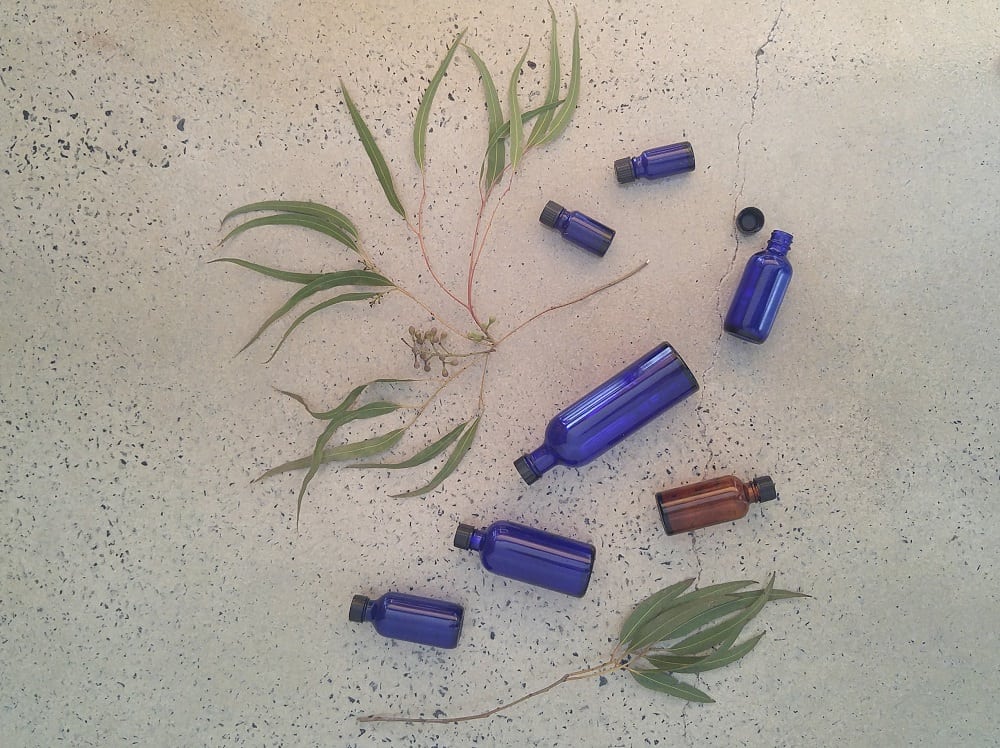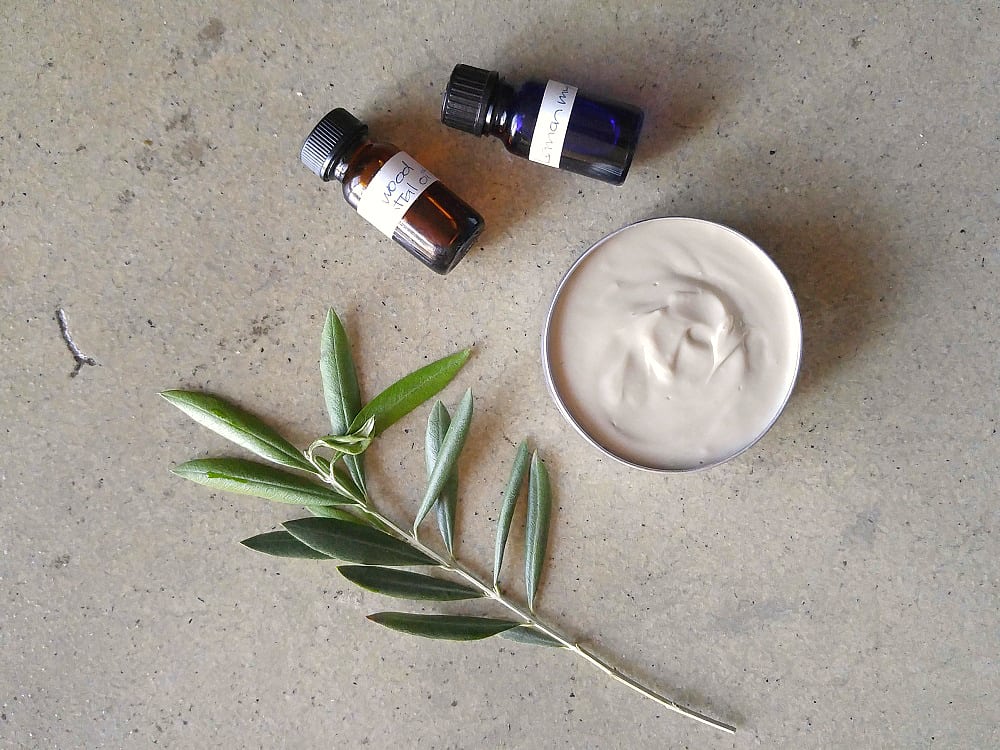Using Oil as a Facial Moisturiser (+ A DIY Recipe for When Oil Alone is Not Enough)
I never thought I was a sucker for marketing. But when it came to beauty products, I used to spend a fortune buying products with names I didn’t understand (but sounded fancy) from department store beauty counters. You know those counters, the ones with the ladies wearing lab coats (oooh, how science-y!).
I thought those products were better for my skin. Plus they looked so luxurious, with all that (plasticky, single-use) packaging.
{Cringe.}
When I decided to go plastic-free, I realised that rather than trying to replace all of the products in my bathroom, it would be better for my sanity (and success rate) if I chose to simplify. Meaning, less products. I’ve talked about the switches I made and my natural skincare regime before, but today I wanted to focus on one aspect of that: moisturizer.
I used to buy an eye cream, a day cream, a night cream, and body lotion. Maybe after-sun in summer. It makes me laugh (or cry, perhaps) to tell you that, because I didn’t think I was a high-maintenance woman. Those marketing peeps got me good.
Rather than try to find 5 alternatives without packaging, I decided to go for one simple swap to replace all of them. Rather than using moisturiser, I switched to oil.
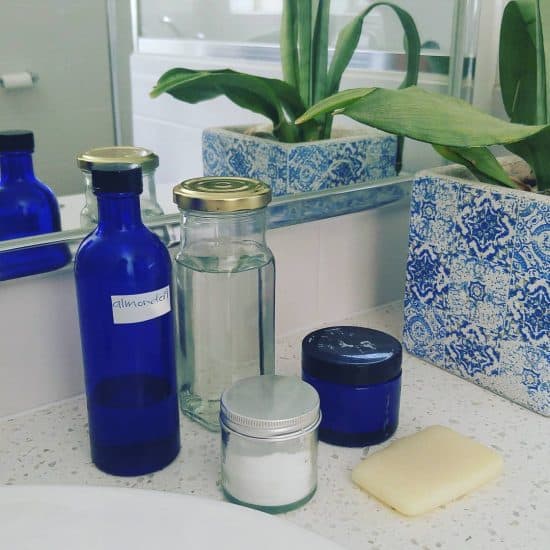
Using Oil as a Moisturiser
When I say I use oil as a moisturiser, I mean oil as a single ingredient. I do not mean oil-based products or oil blends that contain other chemicals.
The staple oil I use as moisturiser is sweet almond oil. It is easy to find in bulk, absorbs well, is a neutral colour and has a very mild fragrance.
I have also used jojoba oil, rosehip oil, olive oil, hemp seed oil, coconut oil and shea butter. Jojoba oil is thought to most closely mimic the skin’s natural sebum. Rosehip oil is great, and apparently has anti-aging properties but is more expensive. Olive and hemp seed oil have a slightly green colour and need to be thoroughly rubbed in to avoid a green tinge. Coconut oil and shea butter are more effort to apply (both are solid at room temperature).
One of the other properties that differs between oils is their ability to block pores. Oils are graded on their ability to block pores, known as their comedogenic rating. (A comedone is a plug of dirt, bacteria and oil that blocks a pore and causes a spot: usually a blackhead but sometimes a whitehead).
Ratings vary from 0 (will not clog pores at all) through to 5 (likely to clog pores).
Almond oil, jojoba oil and olive oil are all graded 2, which means they have a moderately low chance of clogging pores. Rosehip oil is rated 1; hemp seed oil and shea butter are non-comedogenic with a score of 0. Coconut oil has a score of 4, and some people who use coconut oil find they do break out in spots.
People with dry skin tend to have smaller pores, and are more suited to oils with a lower comedogenic rating (2 or below). I have dry skin and almond oil works fine for me.

Does using oil make your skin oily? Actually, no.
I know that sounds counter-intuitive. But our skin produces its own natural oil, called sebum. It is produced to lubricate, waterproof and protect the skin. The absolute worst thing we can do is use cleansers and chemicals to try to strip this oil from our skin. That just makes our skin react, and produce more sebum.
Using oil doesn’t strip this sebum, and doesn’t stimulate the skin to produce more. Some people do produce more sebum than others, but that is due to more active sebaceous glands.
Using oil as moisturiser will not make your skin oily.
Oil can make the skin shiny, at least until the oil is absorbed. If shiny-ness is something you care about, a simple face powder will sort that out.
Rather than make the skin oily, using oil can make your skin dry out, particularly if you are prone to dry skin, as I am. I’ve talked about this below, and what to do if this happens.
Tips for Using Oil as Moisturiser More Effectively

Although I say I use oil as a moisturiser, oil does not actually contain moisture. It works as a barrier on the skin, preventing moisture loss. For most of the year this is fine, but in winter, when heating, extra hot showers and exposure to cold winds causes my skin to dry out, the oil cannot add moisture back in.
In contrast, most moisturisers are oil blended with water and stabilised with emulsifier. When they are applied they add moisture to the skin, and the oil acts as a barrier to keep it there.
When I start to notice dry patches on my skin, applying oil alone does not hydrate my skin. It appears to work temporarily, but the dry skin returns. There are some things that I do to help hydrate my skin.
Apply Oil Before Showering
In winter I always apply oil to my face before showering. This provides a barrier to stop the hot water and steam drying out my skin.
Avoid Soap or Soap-Based Cleansers
I use soap on my face very rarely in winter, and do not use it on my body every day. Instead, I use water and oil. Oil cleansing is an age-old method of cleansing, working on the premise that like dissolves in like. Grease and dirt on the skin are replaced with clean oil. It is as simple as putting a small amount of oil on the skin, and then wiping off with a flannel.
Apply Oil After Showering, But Before the Skin is Completely Dry
When I get out of the shower, I blot my skin dry with a towel but I always apply oil to my face before my skin is completely dry. If it has already dried, then I splash water on my face before applying oil. It is harder to rub in as the oil and water don’t like each other, but it leaves my skin much more moisturised.
Drink More Water
This is definitely a case of “do as I say, not as I do” because in my world, I’m constantly realising that it is 4pm and the only thing I have drunk all day is coffee. But I do know that drinking water is good for the skin, and I definitely notice the difference when I drink more water.
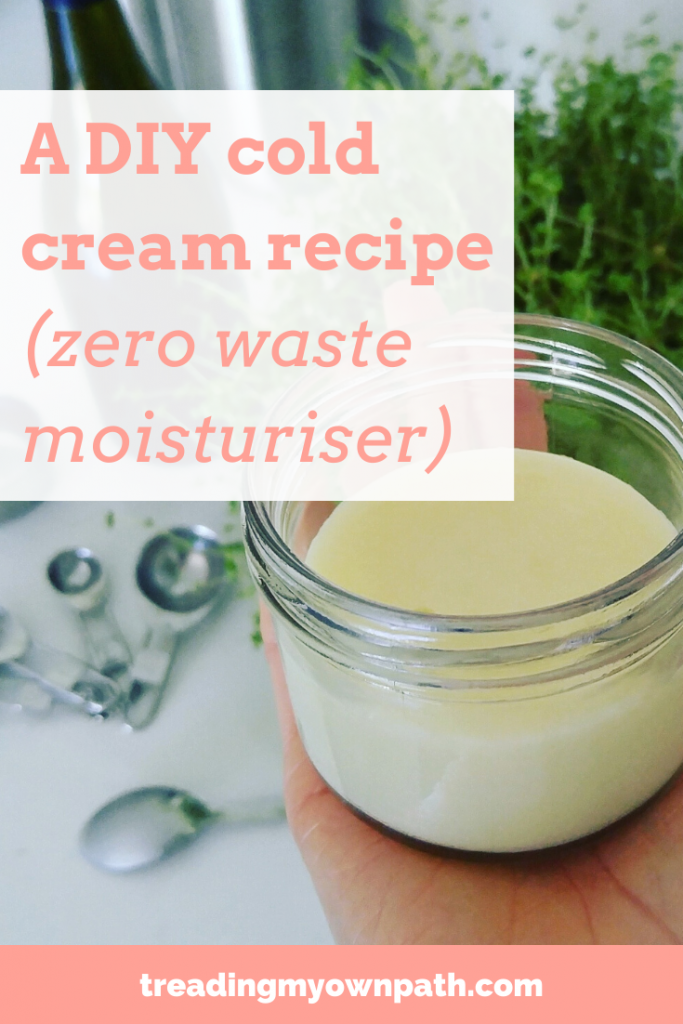
When Oil Really Isn’t Enough
Last winter was particularly cold, and my skin got very dry. I didn’t know back then that oil alone wasn’t going to hydrate my skin. I’d apply more and more oil, slathering it on thicker and thicker, and my skin just got drier and drier.
Eventually I realised I needed something with a little more oomph.
I’ve messed around with a few DIY moisturisers and balms, but the one I come back to often is cold cream. Cold cream is a water-in-oil type of emulsion (whereas most moisturisers are oil-in-water emulsions). Being oil in water, it is soothing and cooling on the skin.
Cold cream can be used as a cleanser, make-up remover, face mask or moisturiser. I’m a big fan of products with multiple uses.
The recipe I use is based on a recipe by Aelius Galenus, a Greek who was born in 129AD. Definitely a recipe that has been handed down through generations!
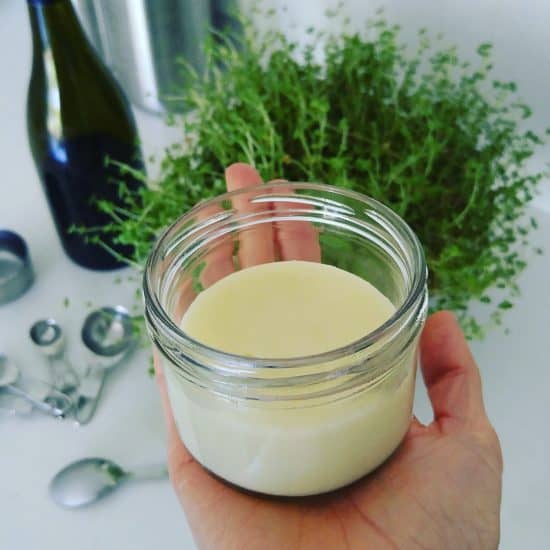
Galen’s Cold Cream Recipe
INGREDIENTS:
75 ml rose water / distilled water / rain water
15 g beeswax (2 tablespoons)
90 ml olive oil / almond oil
4 drops rose geranium essential oil
Optional: 2 drops vitamin E (vitamin E is a natural preservative)
METHOD:
Heat the rose water in a bowl over a pan of hot water.
Place beeswax and olive oil in a separate bowl over a pan of hot water, and melt. Remove from the heat and pour the rosewater into the melted oil, using a whisk to mix together. (Please be careful as melted oils become very hot and can cause burns.)
As the mixture begins to cool, it will turn opaque. Add the essential oil (and vitamin E, if using) and pour into a glass jar. Use within 6 months.
NOTES: Vitamin E is a preservative, so omitting this might shorten the shelf life of the product. If you are vegan, two alternatives to beeswax are candelilla wax and carnauba wax, which are both palm oil free. They are harder than beeswax so half the amount (1tbsp rather than 2tbsp) if using these waxes.
This cold cream cleared up my dry skin patches within days. Whilst I still use oil as my main moisturiser, I now use cold cream as an extra boost in the winter months, particularly if I am going to be outside.
Now I’d love to hear from you! What is your skincare routine? Do you use oil as a moisturizer? Which is your favourite? Do you make your own moisturiser? Is there a brand that you buy and love? Any other thoughts or questions? Join the conversation and leave a comment below!
[leadpages_leadbox leadbox_id=1429a0746639c5] [/leadpages_leadbox]

